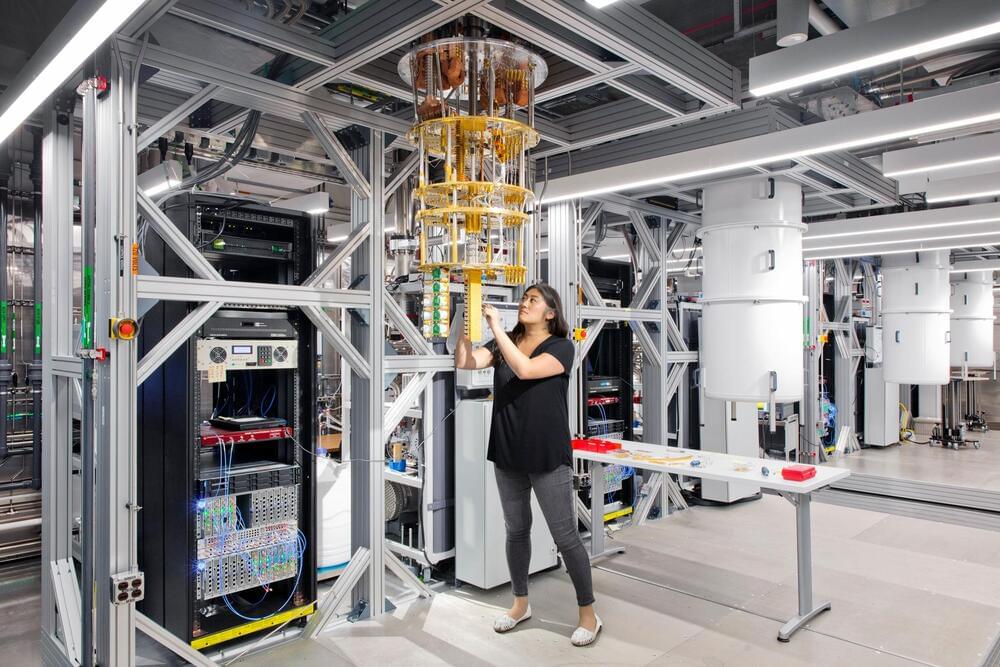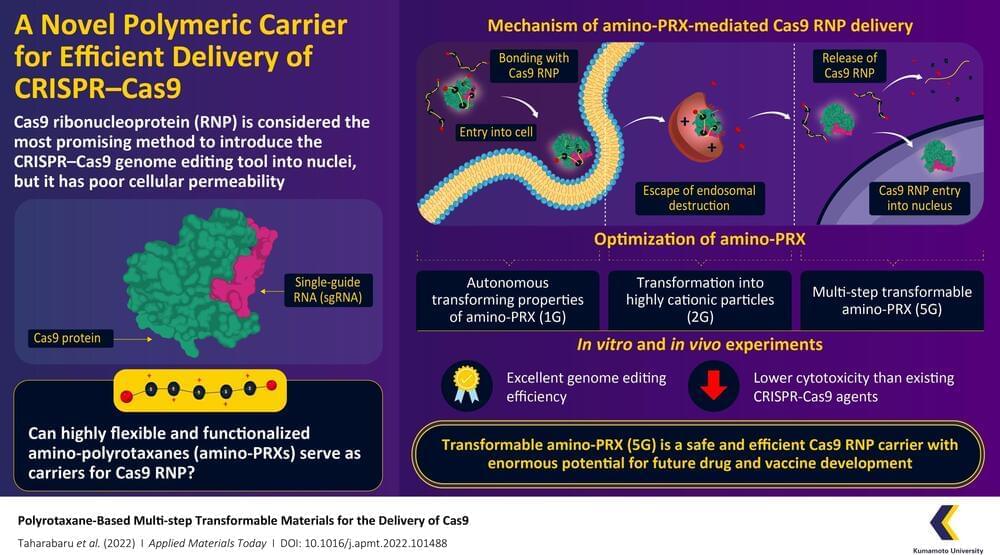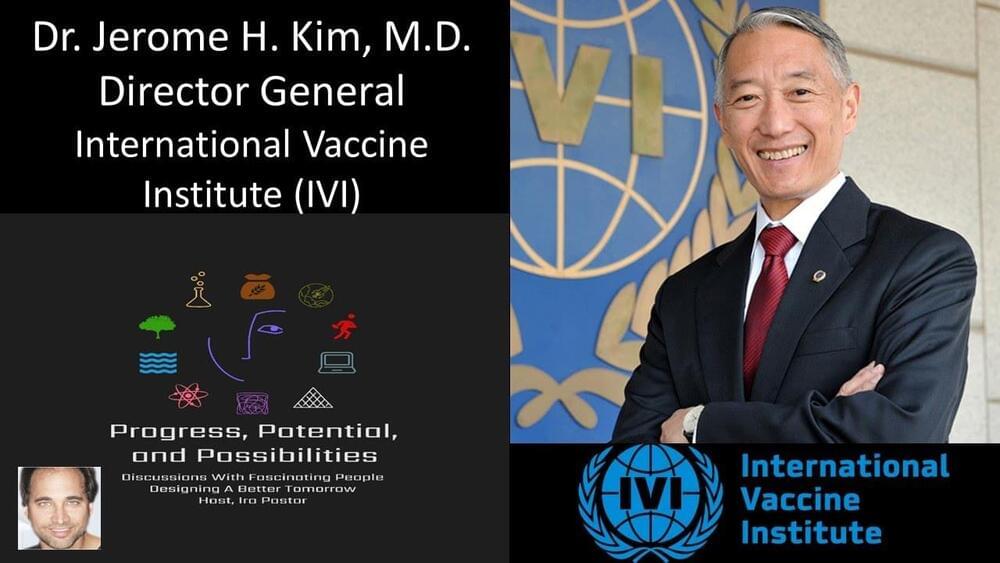May 11, 2022
IBM’s massive ‘Kookaburra’ quantum processor might land in 2025
Posted by Brent Ellman in categories: quantum physics, supercomputing
Today’s classical supercomputers can do a lot. But because their calculations are limited to binary states of 0 or 1, they can struggle with enormously complex problems such as natural science simulations. This is where quantum computers, which can represent information as 0, 1, or possibly both at the same time, might have an advantage.
Last year, IBM debuted a 127-qubit computing chip and a structure called the IBM Quantum System Two, intended to house components like the chandelier cryostat, wiring, and electronics for these bigger chips down the line. These developments edged IBM ahead of other big tech companies like Google and Microsoft in the race to build the most powerful quantum computer. Today, the company is laying out its three-year-plan to reach beyond 4,000-qubits by 2025 with a processor it is calling “Kookaburra.” Here’s how it is planning to get there.”
To get to its 2025 goal of a 4,000 qubit plus chip, IBM has micro-milestones it wants to hit on both the hardware and software side.


















